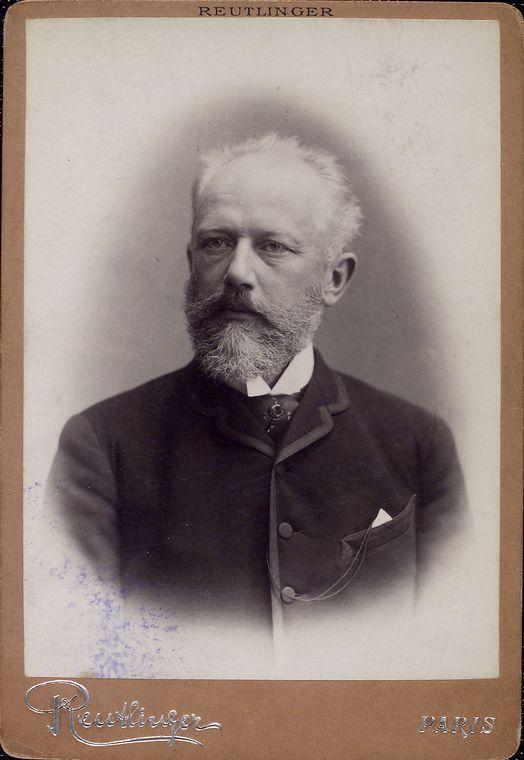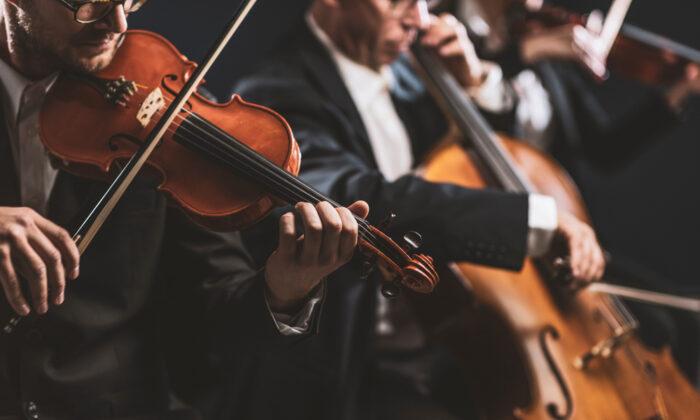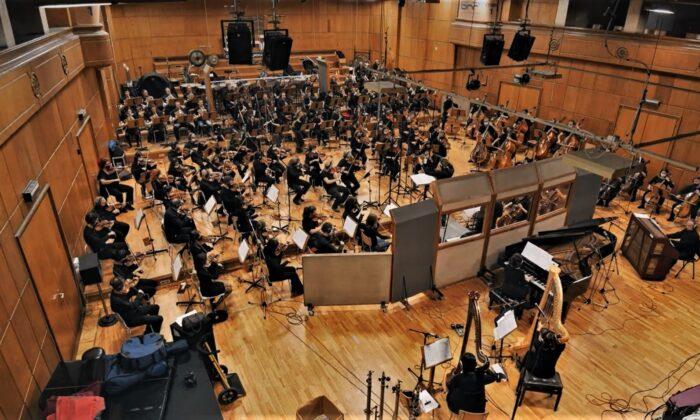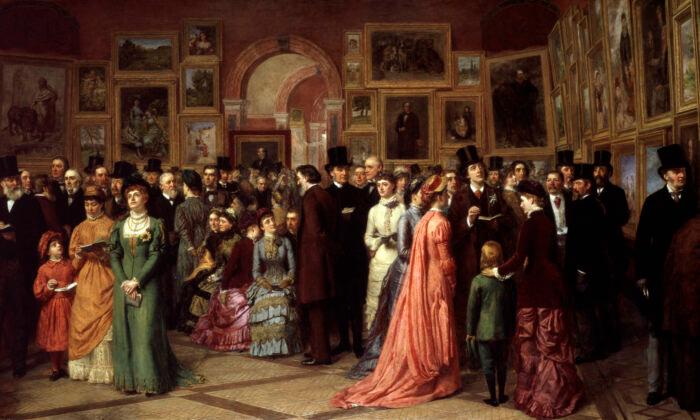Growing up, I always enjoyed hearing the nicknames given to various musical instruments. We were told that the organ is the “king of instruments,” while the harp is the “queen of instruments.” The bassoon is “the clown of the orchestra,” and, at least in jazz circles, the clarinet is the “licorice stick.” To play the piano is to “tickle the ivories.” The drums are the “skins.” Both the terms “horn” and “axe” can refer generically to a person’s instrument, whatever it may be.
Then we had “Tubby the Tuba,” personified as a chubby boy, and who can forget that the oboe was the duck and the clarinet the cat in Sergei Prokofiev’s “Peter and the Wolf”? And in Camille Saint-Saëns’s “Carnival of the Animals,” the string double bass aptly plays the elephants, the cello the swan, and the xylophone the skeleton bones. In “The Instrument Song,” the horn sounds “so forlorn.” The instruments are truly fascinating, especially to children.
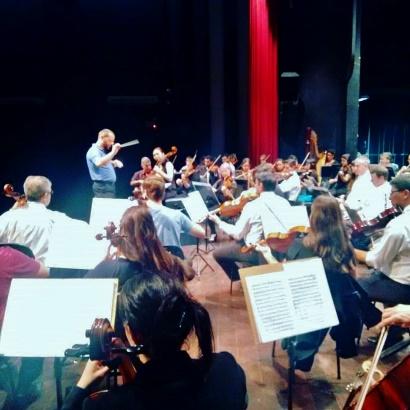
Orquestra Sinfônica de Limeira, São Paulo, Brazil. (Courtesy of Michael Kurek)
The ‘Backbone of the Orchestra’
But what about the strings? In fact, the strings can take on just about any characterization. We never tire of their warm, human-like tone the way we can tire of, say, the oboe’s nasal and reedy sound. The strings can play almost endlessly, because their players’ lungs or lips do not wear out from constant breathing and blowing. The string group in five sections—violins (split into first and second violins), violas, cellos (properly called the violoncello), and the double basses (also called contrabass)—can collectively cover the entire range of the piano, save the bottom three keys, much wider in range than the other orchestra sections.They can pass off a melody from high to low, sounding seamlessly like one instrument, while such a figure passed from flute down to oboe to clarinet and bassoon would reveal a distinct change of tone color with each. They can play incredibly soft or loud, fast or slow, hold long tones endlessly with imperceptible changes of the bow up and down, and play all sorts of special effects, like pizzicato (plucking with the finger instead of bowing), whistle-like harmonics (touching a string lightly and bowing), and scratching tremolos (rapidly bowing back and forth on one string).
In fact, in most orchestral works, the individual string players’ parts are typically many pages longer than the other instruments’ parts because they play almost all the time, while the others frequently rest. For all these reasons, the Russian composer Nikolai Rimsky-Korsakov (1844–1908) called the strings the “backbone of the orchestra” in one of the first books to be written on orchestration, his “Principles of Orchestration” (written 1873–1908).
What makes them the backbone is that the strings can stand alone for any length of time, but when woodwinds and brass are featured on the melody, the strings are often still played, too, though in the background. When the wind instruments do play as a section without strings, it is usually not for more than a few seconds, lest the composition begin to sound like a band piece rather than an orchestra piece.
Strength in Numbers
I used to wonder as a child how and why our city orchestra could round up so many string players, as many as 70, but so few winds, no more than 23, especially when my school only had a band program with no string players. Where did all those hundreds of marching band members on the field disappear to after graduation, and where did all these string players come from? Apparently, there must have been lots of kids taking violin lessons somewhere, awaiting their turn to be in the majority. The reason for the numerical disparity is simply the disparity in the volume between the instruments. If you had 70 winds on stage with those 70 strings, you might have a hard time even hearing the latter.I also wondered if, perhaps, all those marching band kids found it quicker and easier to learn a wind instrument than learn to play at the same skill level on a string instrument. So I interviewed Luciano Marsalli about it; he’s a remarkable young college senior I know majoring in violin performance at Vanderbilt University:

The String Orchestra Showcasing It All
Let’s listen to a piece you might hear at any orchestra concert, “Serenade for Strings,” Op. 48 by Pyotr Ilyich Tchaikovsky (1840–1893). Typically, it would be scheduled first in the program, and then the other members of the orchestra would join the strings for the rest of the concert.If you begin to wonder how Tchaikovsky got such a rich sound out of the strings in the opening part of the piece, it is because four of the five sections (listed above) are playing “divisi,” Italian for divided. That means, for example, that eight (half) of the sixteen first violins are playing one note and the other eight playing a different note. So instead of five-part harmony, you are hearing nine-part harmony. It might help to imagine two barbershop quartets singing together where each person has a different note, so the harmony sounds thicker and richer. From there, Tchaikovsky puts the strings through all their paces, showcasing a delightful, tuneful catalog of about everything they can do.
